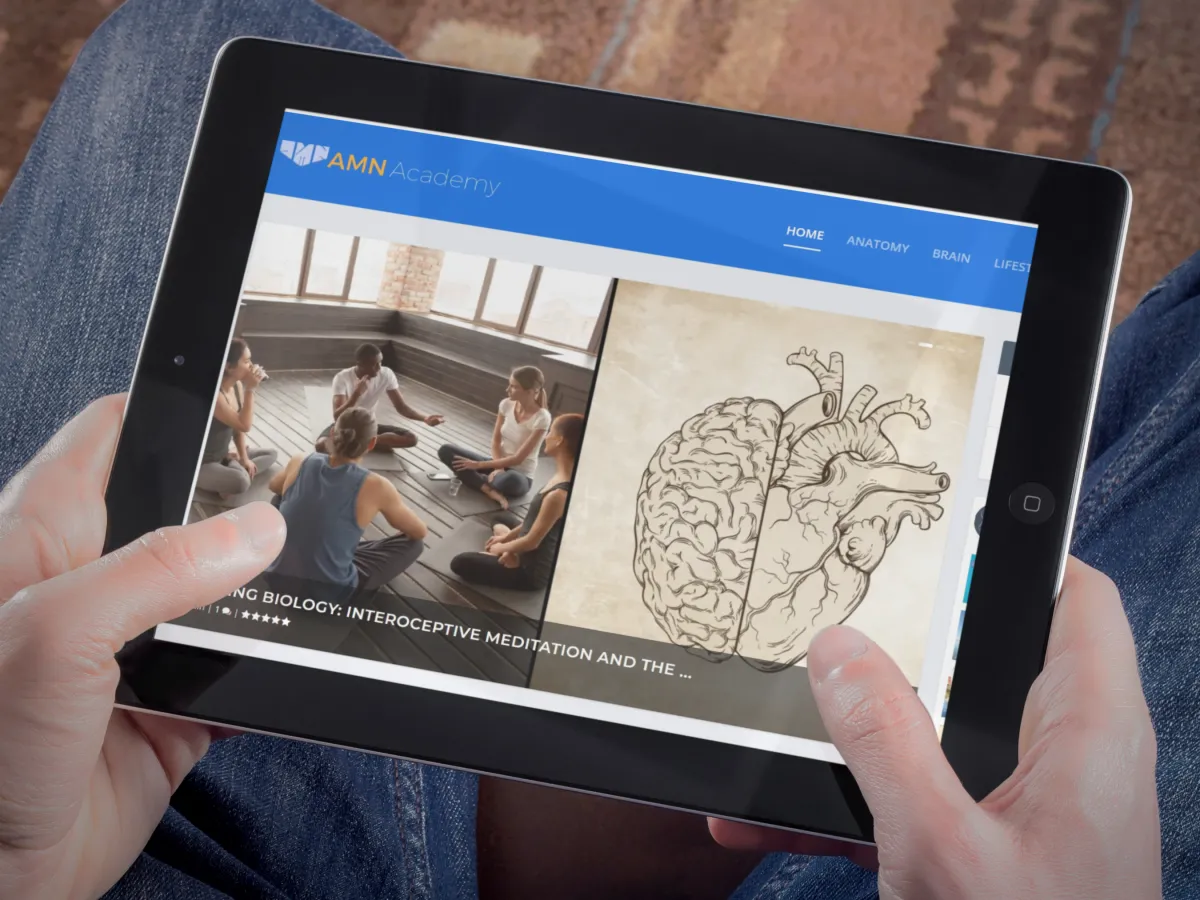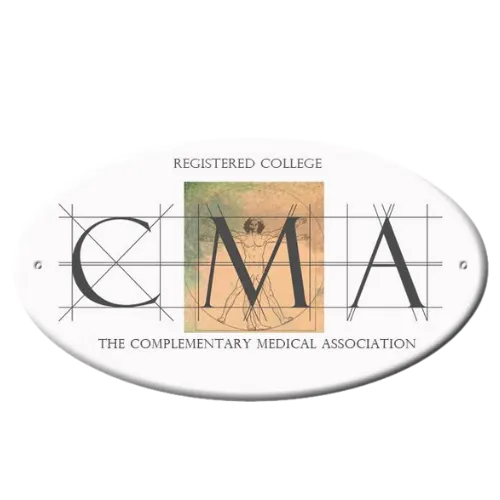Embark on your Healing Journey with our exclusive FREE Calibrate Screening Tools, personally developed by David Fleming.
Embark on your Healing Journey with our exclusive FREE Calibrate Screening Tools, personally developed by David Fleming.
Dive into AMN's Holistic Health Blog
Explore a wealth of knowledge in our AMN Academy Blog, where we unravel the secrets of holistic healing, brain optimization, dynamic movement, and lifestyle mastery. Embark on a journey of enlightenment and discover transformative articles designed to elevate your understanding and practice.

Dive into AMN's Holistic Health Blog
Explore a wealth of knowledge in our AMN Academy Blog, where we unravel the secrets of holistic healing, brain optimization, dynamic movement, and lifestyle mastery. Embark on a journey of enlightenment and discover transformative articles designed to elevate your understanding and practice.


3 Steps Towards a Coordinated Body
MOBY DICK
In 1970, Led Zeppelin drummer John Bonham played the famous ‘Moby Dick’ solo at the Royal Albert Hall.
In a whirlwind of long hair and sweat, each of his four limbs moved flawlessly at completely separate and varying speeds with an apparent mind of their own, but somehow maintaining a rhythmic whole. Self-expression flowing through his spinal cord, to the motor neurons of his muscles – all controlled largely sub consciously – to produce a jaw dropping experience for those in attendance at the historic venue. This performance is widely accepted as one of the most impressive displays of drumming coordination in music history. In 1970, Led Zeppelin drummer John Bonham played the famous ‘Moby Dick’ solo at the Royal Albert Hall.

COORDINATION CAN TAKE ON MANY FORMS
An accomplished musician like John Bonham.
The multi-tasking you do on a daily basis.
The way a football player effortlessly weaves in and out of defenders sprinting at full speed.
How a break-dancer moves from a footwork sequence to a flare, an air flare, windmill to headpin, and back to their feet remaining completely in time with the music.
The ability to strike a ball hurtling towards you at over 100mph and have complete control on where to put it on the other side of the net.

MAL-CO
We do not however all describe ourselves as being equally coordinated. In fact, some people carry a stigma with them their whole lives. You may have met some of these folks as personal training clients. When faced with a supposedly simple movement task, they exclaim
Oh, I’m super uncoordinated, always have been
The less coordinated you are, the more it apparently becomes a part of who you are. It sometimes appears that when we have bad experiences with coordination tasks (most likely linked with sports as kids), we stop trying, and accept it as part of our persona. We then disregard the activities associated with a certain level of coordination as something other people do.
This self-proclaimed inability to control one’s body in new ways, is a sort of disembodiment that distances and separates the integration of body and mind. There exists a kind of distrust and dissociation between what the mind is telling the body to do, and the body’s response to those commands.

THE CONDUCTOR AND THE ORCHESTRA
The brain is often described as a conductor: leading and guiding our actions – but let’s not forget that our body, being the orchestra, must be as high functioning as the brain. Both should be considered of equal importance. In some instances, poor coordination and a breakdown in movement control can be associated with altered information from the tissues of the body to the brain.
This body-to-brain communication is called afferentation: An example would be during a movement task such as crawling. With regards to the control of movement, such afferentation can be described as proprioception. Proprioception is the plethora of signals sent from tissues such as muscle and fascia that inform the brain on the position, speed, angulation, stretch, and compression etc… acting on the body at any given moment.
This information is integrated with sight, sound, smell and the vestibular sense of our inner ear relative to balance, providing the conductor with a series of data points about the architecture of the body and our environment. Ultimately with movement being the reference point of how the two are interacting.

The brain maps this information – Forming a neurological representation of the surface of the body. This map resides in a part of the brain called the Parietal cortex (1), but the brain’s penchant for mapping doesn’t stop there.
The conductor also maps our simple and complex movements (2), the viscera (3), homeostatic input (4), visual and auditory information (5) and even the space around the body known as peri-personal space… moulding it all together to form what is known as the body schema (6).
PROPRIOCEPTION VS NOCICEPTION
However, this body schema can get blurry and altered depending on the quality of the body to brain, and environment to brain information. You see, proprioception has an ugly cousin, and that ugly cousin is called nociception. Nociception can also be described as noxious stimulus (7). This can come to form injury, impact, sustained poor posturing, bad movement habits, or it can even be chemical.
While this is an essential signalling system that works in our favour by informing the conductor that something’s not right in the orchestra; sustained noxious stimulus reduces the brain’s potential to display good, clean, and accurate movement control. The longer the ugly cousin has her wicked way with the brain, the more heightened and sustained the activation of the fight or flight nervous system; which means the body and brain spends less time recovering and regenerating. (8)

Not being very good at learning a new movement pattern, and looking uncoordinated as you try, can be related to an altered body schema. This can be treated by improving afferentation from the orchestra.
In a nutshell, that’s pretty much what AMN practitioners do: They locate and clear sources of poor afferentation, be they “ugly cousin mediated” or otherwise. But, there is another element to coordination that is seldom discussed: vision and light.
WHERE, HOW, WHAT?
A vast amount of the brain is dependent on and driven by light stimulus. Light coordinates our biology via very clever mechanisms that we discuss in our level three practitioner certification, Homeostasis and mastermind module four course, entitled: Sleep.
But there are two specific pathways (called Magnocellular and Parvocellular) which course through the brain integrating with the body schema to inform the conductor of where things are in our environment: how we can interact with them, what the things are, and indeed if we should interact in the first place. When these pathways aren’t working properly, or asymmetrical, it effects our ability to coordinate ourselves, and guess what – that’s exactly what we’ve found in those clients who openly describe themselves as being uncoordinated.
We dedicate an entire module in our Level One Certification to assessing and stimulating these ‘visual stream’ pathways in a very simple way. We use the combination of light stimulus, touch and some good old fashioned tapping to stimulate these guys into action, but when it comes to movement, you can’t beat good coaching… and good coaching requires good cues!
3 STEPS TOWARDS IMPROVING COORDINATION
If you are one of these people or you have clients that fit the bill, I want to share some very impactful coaching cues with you to help build gross – total-body – coordination. To do that we’re going to need a movement to practice and a step by step approach to improving coordinated movement.
THE LINEAR CRAWL

Crawling is awesome. Not only is it the preferred pass time of very small people under the age of 2 years old, it’s a great movement to train as it integrates both hemispheres of the brain, and when trained regularly over has been shown to have some pretty impressive effects on cognitive performance (9). It’s also a hell of a conditioning tool. If you have never tried performing crawling patterns for several minutes continuously, and you enjoy the feeling of physical exertion, get down on the floor and attempt to crawl with good form for 3 minutes, you’re in for a treat! There are many crawling variations of ever increasing complexity and difficulty.
The straight line linear crawl serves as good foundation.




Written by David Fleming. AMN Co-Founder and Director of Education
REFERENCES:
(1) Post Central Gyrus. Randy W. Beck BSc(Hons) DC PhD DACNB FAAFN FACFN, Functional Neurology for Practitioners of Manual Medicine, 2e
(2) Randy W. Beck BSc(Hons) DC PhD DACNB FAAFN FACFN, Functional Neurology for Practitioners of Manual Medicine, 2e
(3) Xiaosi Gu, Patrick R. Hof, Karl J. Friston,and Jin Fan. Anterior Insular Cortex and Emotional Awareness. J Comp Neurol. Author manuscript; available in PMC 2014 Oct 15. https://www.ncbi.nlm.nih.gov/pmc/articles/PMC3999437/
(4) Interoception: the sense of the physiological condition of the body. AD (Bud) Craig. https://jsmf.org/meetings/2007/oct-nov/CONB%20Craig%202003.pdf
(5) The body schema and the multisensory representation(s) of peripersonal space. Nicholas P. Holmes and Charles Spence. Cogn Process. 2004 Jun; 5(2): 94–105. https://www.ncbi.nlm.nih.gov/pmc/articles/PMC1350799/
(6) Di Pellegrino G, Làdavas E. Peripersonal space in the brain. Neuropsychologia. 2015 Jan;66:126-33. doi: 10.1016. J.neuropsychologia.2014.11.011. Epub 2014 Nov 13. https://www.ncbi.nlm.nih.gov/pubmed/25448862
(7) Woolf CJ, Ma Q. Nociceptors–noxious stimulus detectors. Neuron. 2007 Aug 2;55(3):353-64.
(8) Nijs J, Daenen L, Cras P, Struyf F, Roussel N, Oostendorp RA. Nociception affects motor output: a review on sensory-motor interaction with focus on clinical implications. Clin J Pain. 2012 Feb;28(2):175-81. doi: 10.1097/AJP.0b013e318225daf3. https://www.ncbi.nlm.nih.gov/m/pubmed/21712714/
(9) Matthews. Martyn J, Yusuf Mohamed, Doyle Caron, Thompson Catherine. Quadrupedal movement training improves markers of cognition and joint repositioning. School of Health Sciences, University of Salford, Salford M6 6PU, UK
FOLLOW US ON SOCIAL MEDIA
Stay at the forefront of holistic healing by following AMN Academy on Facebook and YouTube. Join our vibrant community for the latest insights, video tutorials, and live discussions to inspire and enhance your healing journey
Follow Us on Social Media
Stay at the forefront of holistic healing by following AMN Academy on Facebook and YouTube. Join our vibrant community for the latest insights, video tutorials, and live discussions to inspire and enhance your healing journey

For Professionals Aspiring to Mastery in Holistic Healing, Advanced Rehabilitation, and Effective Pain Resolution.
Get Started
Foundations Mastery
Master Healer
WellnessPro +
Contact Us

For Professionals Aspiring to Mastery in Holistic Healing, Advanced Rehabilitation, and Effective Pain Resolution.
Get Started
All Programs
Book a Session
WellnessPro +
Latest Events
Join a Newsletter
Contact Us
Resources
Blog
FAQs
Testimonials
FREE Downloads
Knowledge Hub
Legal Pages
Privacy Policy
Terms & Conditions
Disclaimer

© All rights reserved 2024 AMN Operations LLC and AMN Intellectual Properties LLC. | Made by Heartbeat.Buzz
© All rights reserved 2024 AMN Operations LLC and AMN Intellectual Properties LLC. | Made by Heartbeat.Buzz

